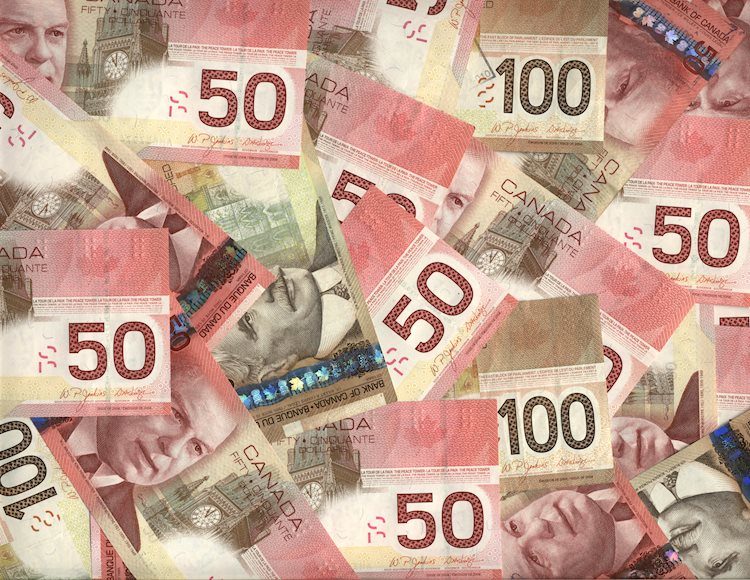The US markets have returned after a long weekend, with Fedspeak expected to dominate the headlines. The Canadian Dollar (CAD) has receded as investors seem to be shrugging off low-tier CAD data. Despite Canada experiencing an uptick in industrial and raw materials inflation in April, the CAD is broadly softer on Tuesday, with investors focusing on statements from Federal Reserve (Fed) officials and waiting for US Gross Domestic Product (GDP) and Personal Consumption Expenditure (PCE) inflation numbers later in the week.
Last week, the markets re-priced odds of a September rate cut, leading to a hit on broad market sentiment. Traders are now looking for firmer signs of rate cut plans from Fed central planners. The Canadian Industrial Product Prices rose 1.5% MoM in April, higher than the forecasted decline, while the Raw Material Price Index accelerated to 5.5% against the previous month’s 4.3%. Despite the positive data, investor focus remains on Fedspeak and any signs of interest rate cuts, despite a cautious lean from policymakers.
The Canadian Dollar today saw a mixed performance against major currencies, showing a slight decline against the USD, EUR, and GBP, whereas it was the strongest against the Japanese Yen. Technical analysis shows the CAD hitting a wall and stumbling back, with the USD/CAD rebounding to test 1.3650 after declining below 1.3620. The pair is still down 0.8% from last week’s peak of just over 1.3740 and is currently trading within a technical barrier near the 50-day Exponential Moving Average (EMA) at 1.3642.
Factors such as the level of interest rates set by the Bank of Canada (BoC), the price of Oil, Canada’s largest export, the health of its economy, inflation, and the Trade Balance all play a significant role in driving the Canadian Dollar’s value. The BoC influences the CAD by setting interest rates, which can be positive for the currency. The price of Oil also impacts the CAD, with higher prices generally leading to a stronger currency. Inflation, economic health indicators, and macroeconomic data releases also influence the direction of the CAD.
In conclusion, the Canadian Dollar is facing pressure as investors await key economic data releases and Fedspeak to determine future rate cut plans. Despite positive inflation data, the focus remains on Fed officials’ comments and signals for interest rate cuts. Technical analysis shows the CAD hitting a wall against the USD, with the pair rebounding but still down from last week’s peak. Various factors, including interest rates, Oil prices, economic health indicators, and inflation, continue to drive the value of the Canadian Dollar in the global markets.































